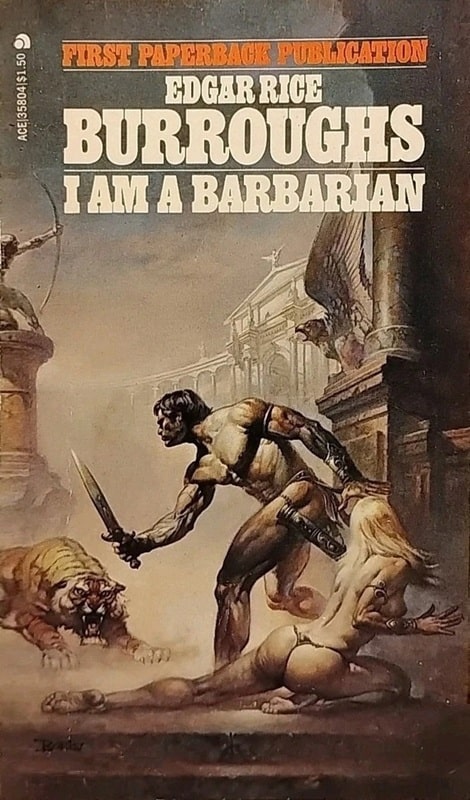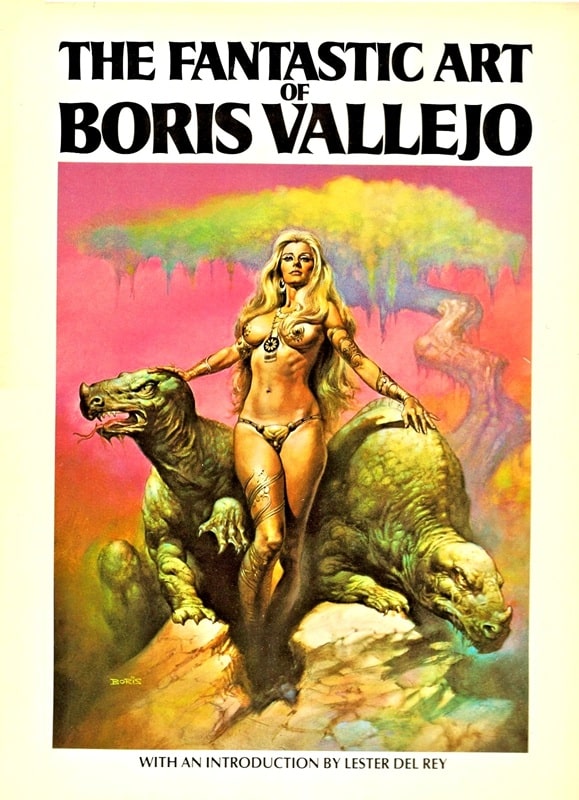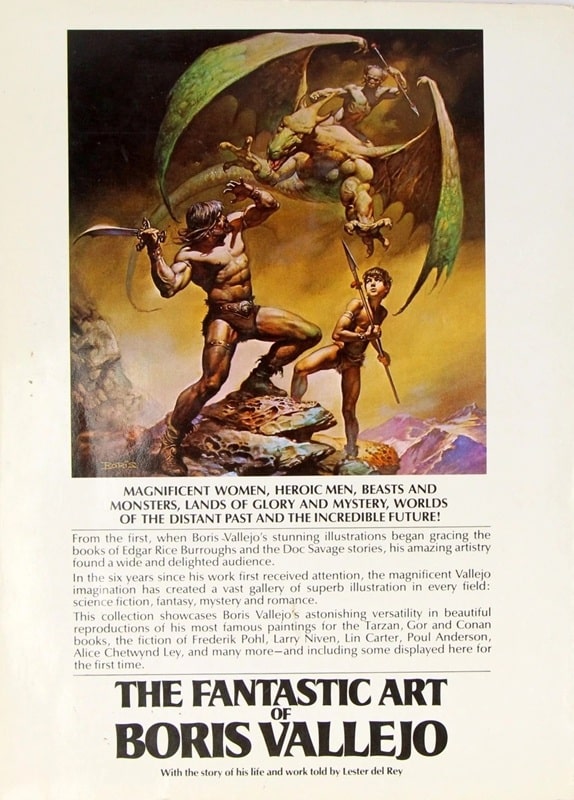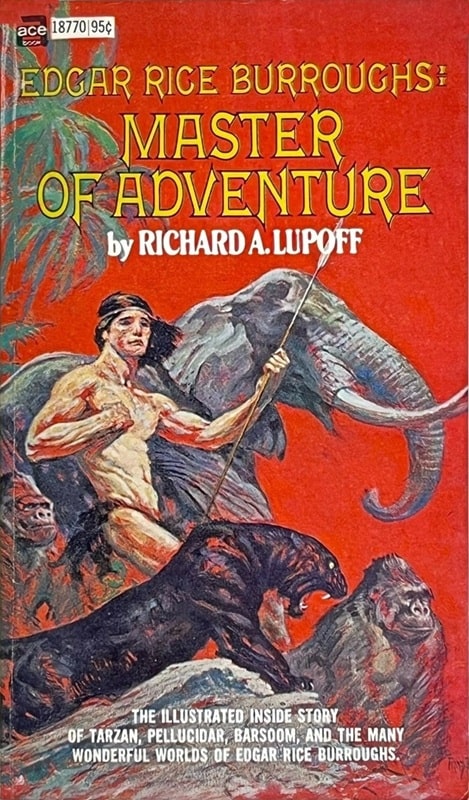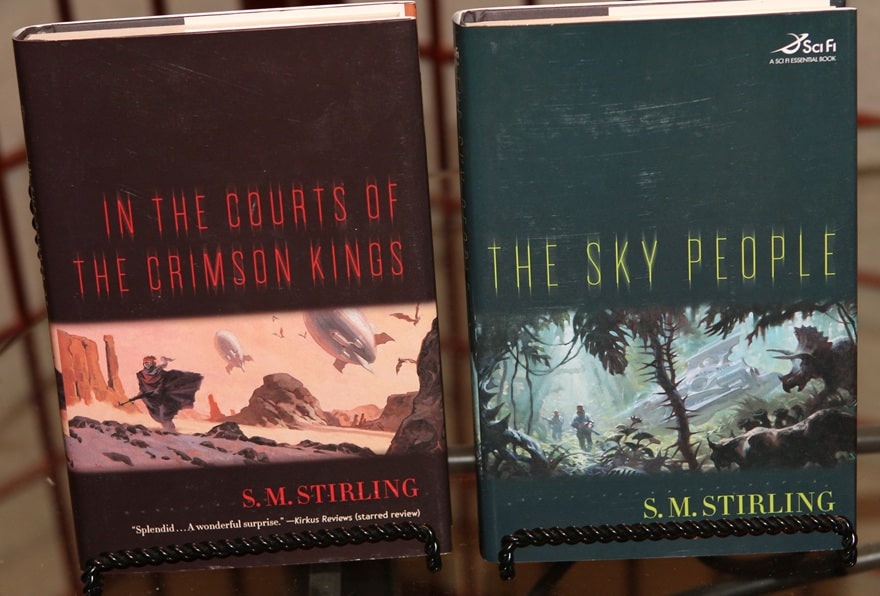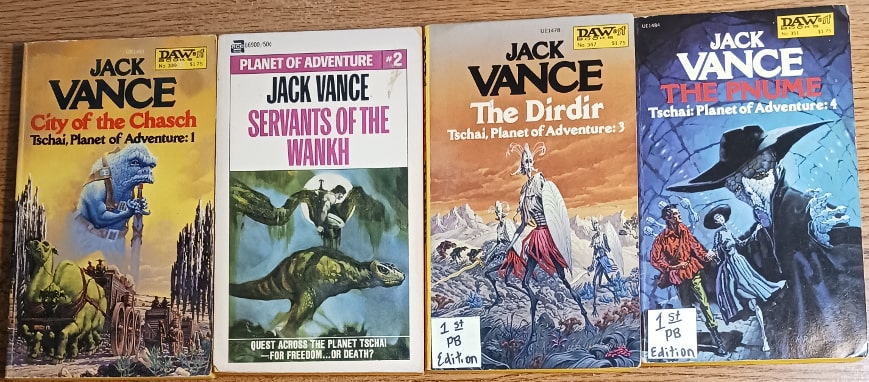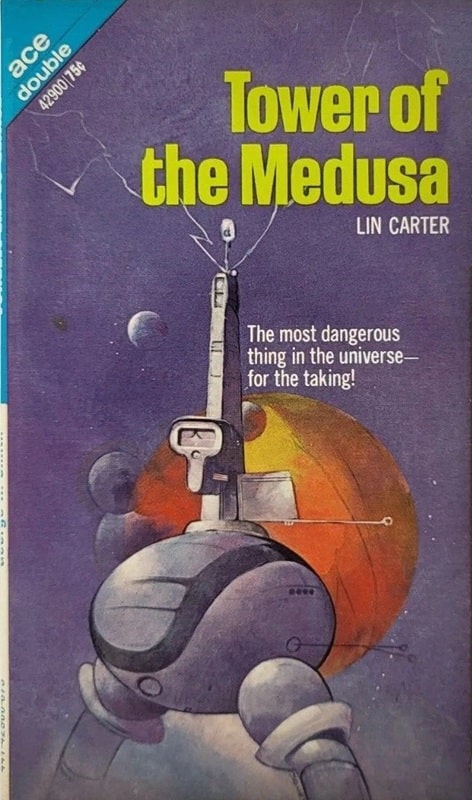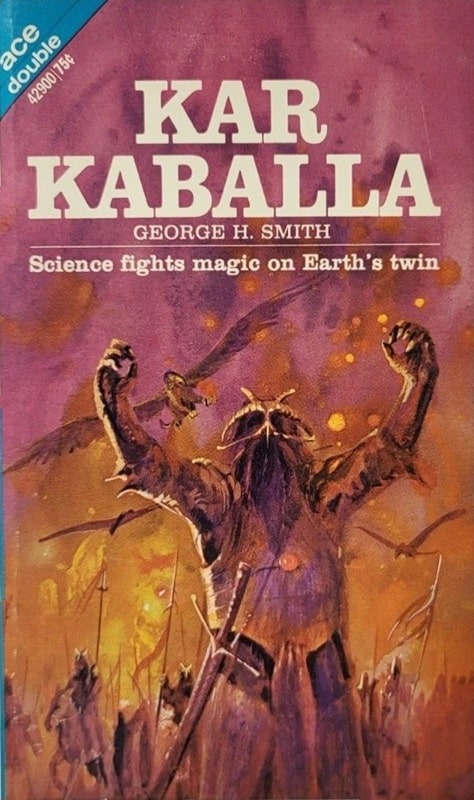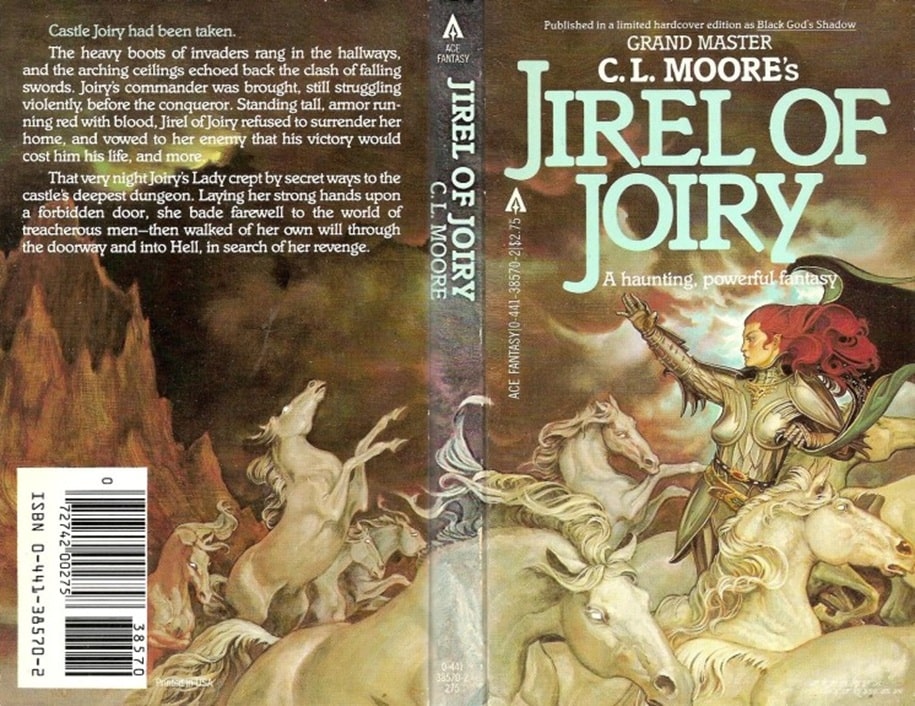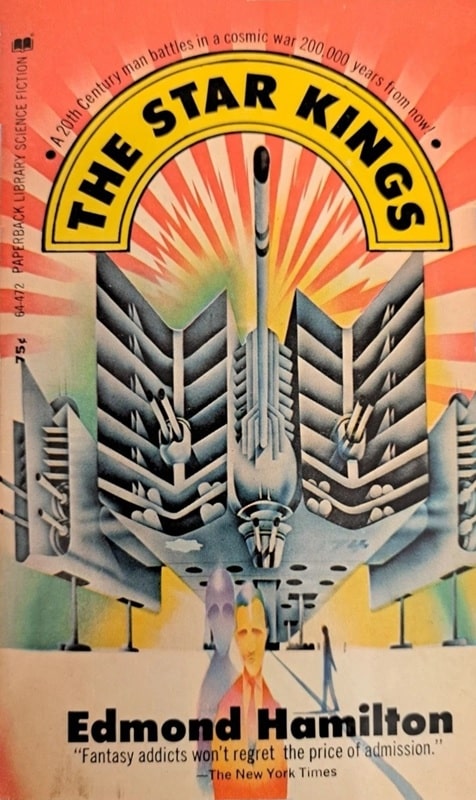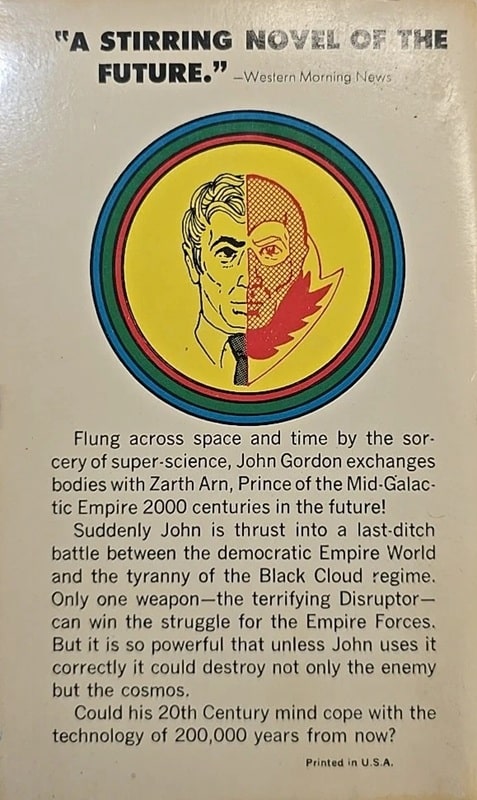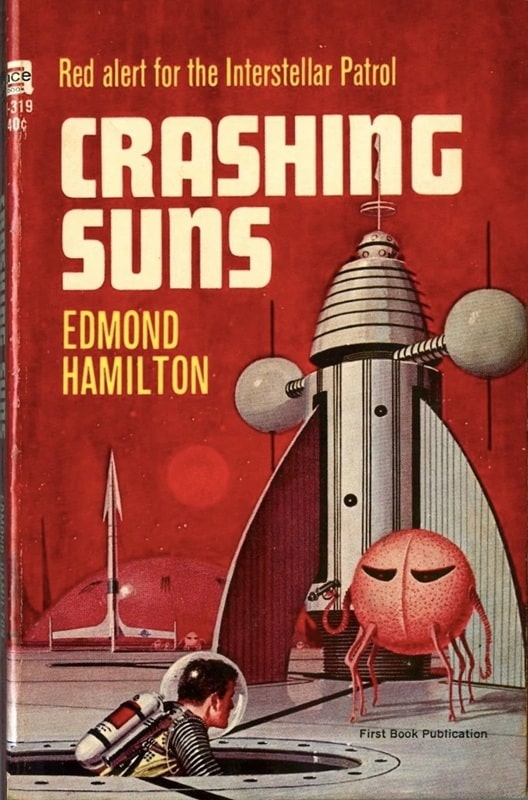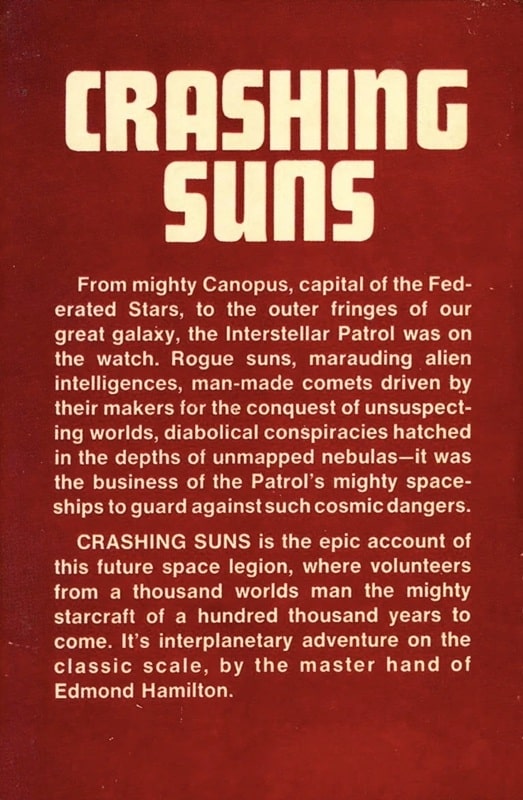An Uplift Classic: Aldair by Neal Barrett, Jr.
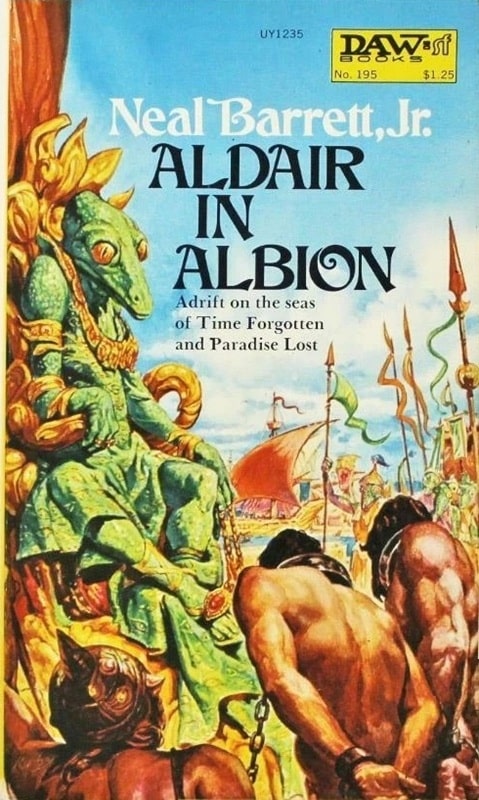 |
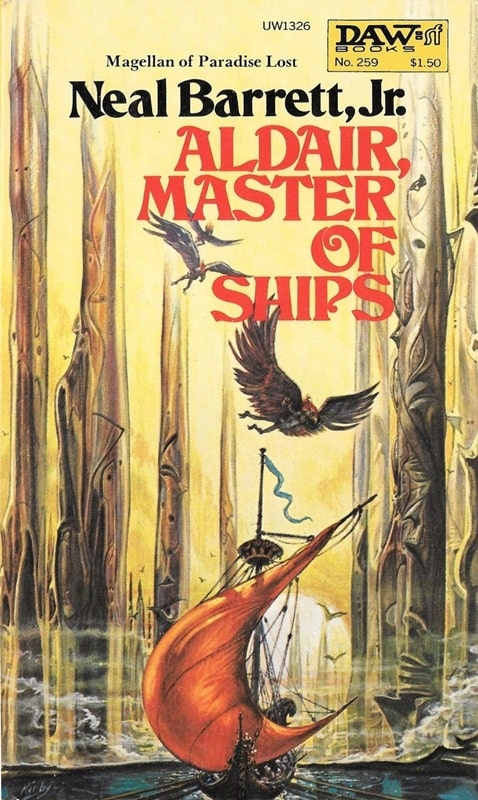 |
Aldair in Albion and Aldair, Master of Ships (DAW Books, May 1976 and September 1977). Covers by Josh Kirby
My feature today is what I call an “honorary Sword & Planet series.” The Aldair series by Neal Barrett, Jr. (1929 – 2014) not only doesn’t have a human hero, but it’s set on Earth.
But it has the feel and charm and adventure that defines S&P fiction. It also has some great covers and illustrations by artists who worked on the Dray Prescot series. DAW did it right in those days. I just love their paperbacks of that time.
